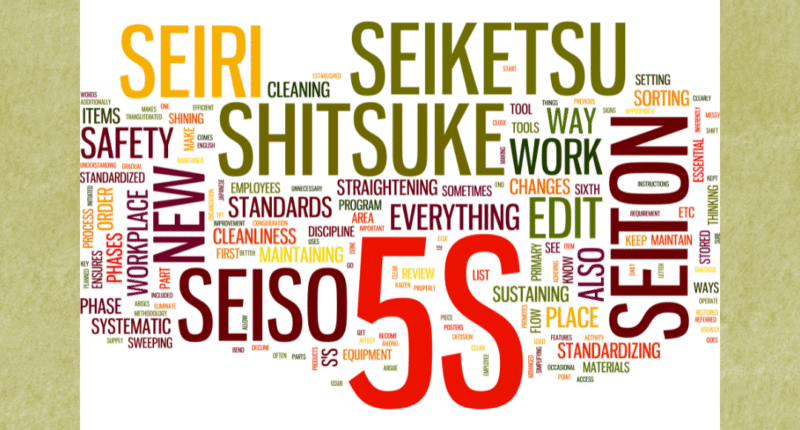The 5S methodology—Sort, Set in Order, Shine, Standardize, and Sustain—is a cornerstone of lean manufacturing and workplace efficiency. When implemented correctly, it improves productivity, safety, and quality. However, many organizations struggle to achieve lasting results because of common mistakes during implementation. Recognizing these pitfalls is the first step toward ensuring a successful and sustainable 5S program.
1. Treating 5S as a One-Time Project
One of the biggest mistakes is viewing 5S as a short-term cleanup initiative rather than a long-term system. While initial improvements may be noticeable, without continuous monitoring and reinforcement, old habits often return. To avoid this, organizations must integrate 5S into daily routines and make it part of the company culture.
2. Lack of Employee Involvement
5S thrives when employees at all levels actively participate. A common error is assigning responsibility only to management or a small team. Without employee buy-in, sustaining improvements becomes difficult. Involving staff in decision-making, training, and audits fosters ownership and accountability.
3. Ignoring the “Sustain” Step
Many companies successfully implement the first four steps of 5S but fail to sustain them. Without regular audits, refresher training, and reinforcement, improvements fade over time. Sustain requires discipline, leadership support, and employee engagement to ensure lasting success.
4. Overemphasizing Tools Instead of Purpose
Some organizations focus heavily on labeling, color-coding, and checklists without understanding the purpose of 5S. While visual controls are important, they are not the end goal. The true aim of 5S is to eliminate waste, improve workflow, and create a safer, more efficient workplace.
5. Lack of Clear Standards and Metrics
Without proper standards, 5S practices can vary widely between departments or shifts, leading to inconsistency. Similarly, failing to track metrics such as efficiency gains, reduced downtime, or safety improvements makes it difficult to measure progress. Establishing clear guidelines and KPIs helps maintain consistency and demonstrates the value of 5S.
The 5S workplace organization method delivers powerful benefits, but only when implemented correctly. Avoiding common mistakes—such as treating 5S as a one-time project, neglecting employee involvement, or failing to sustain improvements—ensures long-term success. By focusing on culture, purpose, and measurable outcomes, organizations can unlock the full potential of 5S and build a workplace that supports efficiency, safety, and continuous improvement.









